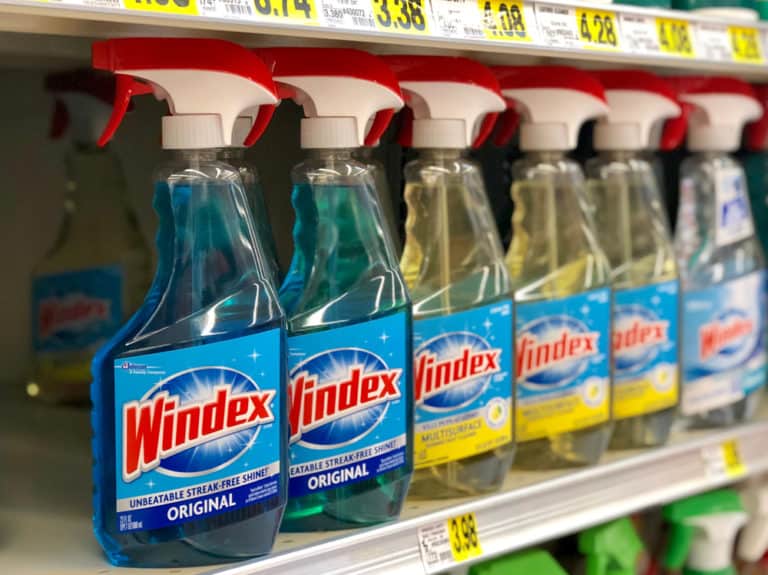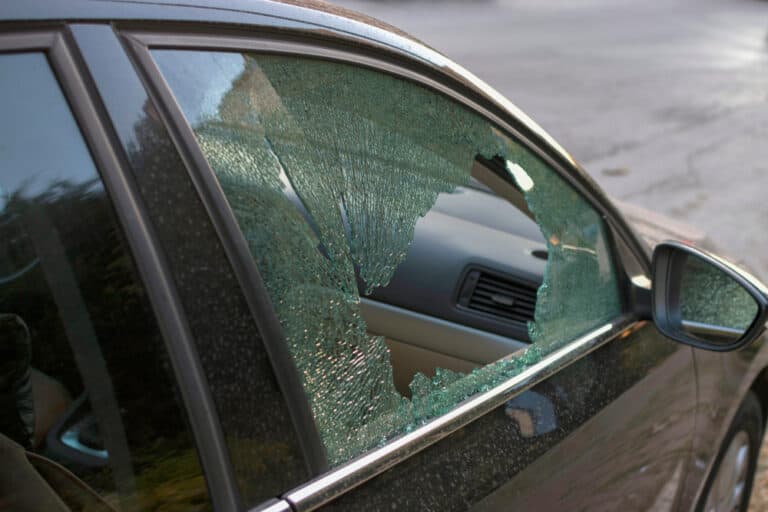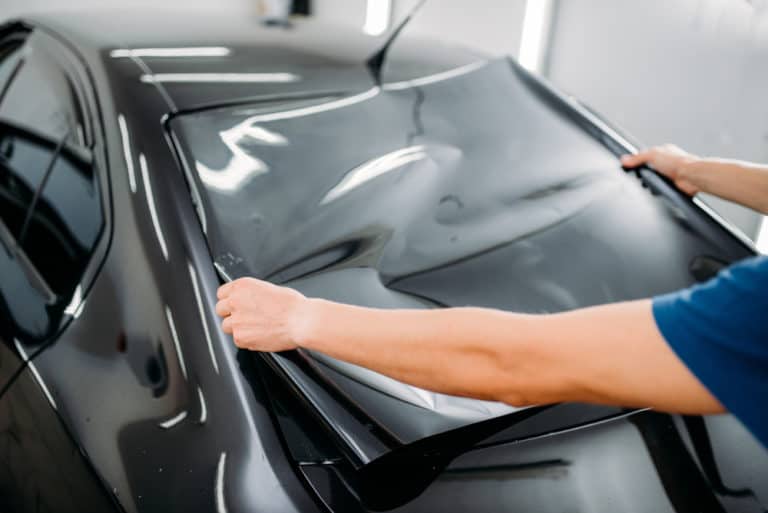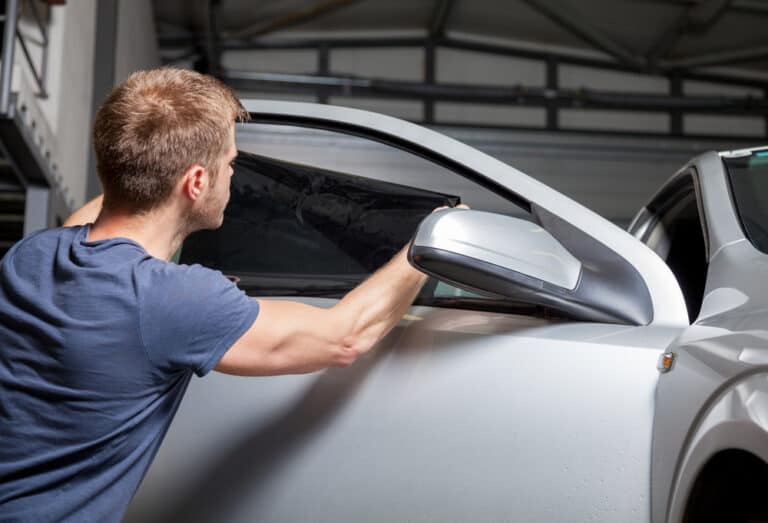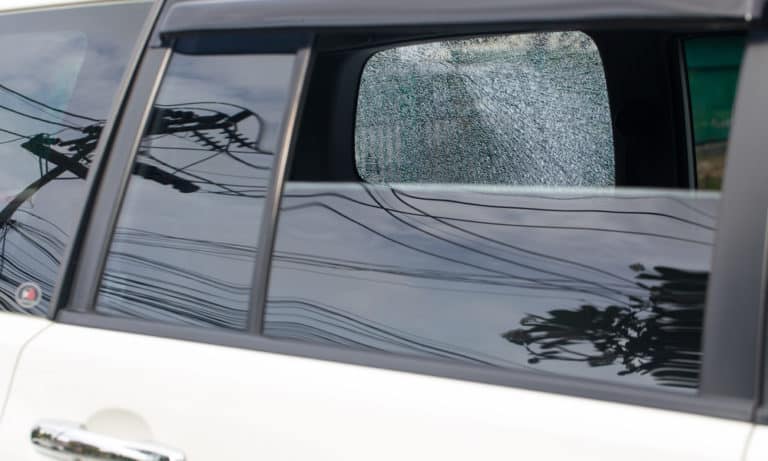High temperatures inside your home and exposure to UV rays often cause furniture wear and health problems. Therefore, the question does window tint help with heat is crucial when thinking about efficient ways to protect your home.
Even though the film used for tinting seems too thin, it can successfully protect the house interior and keep the temperature at a tolerable level. On the other hand, you will get enough sunlight to enjoy your home comfortably. The only thing you should do is pick out the best option available.
Does Window Tinting Reduce Heat in the House?
Window tinting can significantly reduce heat in your home and keep it cooler during hot summer days. It blocks harmful UV rays, prevents room overheating, and protects your health and furniture. Some film types with insulation properties can help save energy while the house stays warmer in winter.
Ways window tinting reduces heat in your home
In general, window film applied over your home windows will work the same way as car window tinting. It blocks thermal sun rays, reducing heat inside the house. The level of heat reduction can vary and primarily depends on:
- The tint type and quality
- The window model and composition
- Shade applying efficiency level
Be aware that not all tints are the same, so you should pick out the right product that fits your home the best. Additionally, you should find a film compatible with your window glass type.
Window tint types
1. Privacy (one-way mirror) tint
This tint type is one of the best options for home window darkening since it can block 99% of UV rays and reduce heat by approximately 79%.
It is an ultra-thin reflective metal layer placed between a protective top layer and an adhesive bottom layer. That allows sunlight to reflect off of the window and disables looking inwards. The one-way mirror effect is higher when you pick out darker tint and when the sunlight is stronger.
Thanks to its reflective finish, this window film provides a one-way mirror effect when the light level is unequal on two window sides. In other words, no one can look at your home’s inside through such protected glass during the day. On the other hand, your sight from inside stays intact.
Keep in mind that this film typically reduces natural light from the outside, but the reduction level will depend on the tint type.
The downside of this solution is a reverse effect during the night. Once you turn on the lights inside when the dark is outside, you will entirely lose your privacy. This film’s effectiveness is also limited for windows facing north or when surrounding buildings overshadow them.
2. Security (safety) tint
This thick tint type reduces the heat and UV rays from coming inside your home. It also makes windows stronger and keeps you safe when the glass accidentally breaks by holding pieces together. You can choose this film when you want to secure your home from:
- Burglaries by making it harder to break through the glass
- Accidents and natural disasters, like storms, by reducing the risk of injury from crashed glass
3. Opaque (frosted) tint
This film is a stylish, durable, and affordable option to reduce the heat in your home and protect your privacy. The incredible thing is that you can quickly apply it on your own in a few minutes and the film still allows natural light to enter inside. Plus, you can choose between numerous designs.
4. 3M ceramic tint
This high-quality tint that uses nanotechnology is capable of blocking:
- Over 99% of UV (ultraviolet) rays
- Up to 80% of IR (infrared) rays
- About 60% of heat
Since this film allows light into your house, it will make it cooler without darkening windows like other tints. Besides providing increased clarity, it comes with low reflectivity.
Ways Window Tinting Helps with Heat
Most people are confused about the significant temperature reduction such a thin tint layer can provide. However, everything becomes more apparent once you understand basic scientific principles.
Each film is made of polyester, but some types also contain metal fragments, ceramic, dye, or carbon on the top layer.
Each tint has an effectiveness level, and you can measure it by the visible light transmission (VLT%). This percentage doesn’t refer to the tint darkness level but how much light comes through it.
In other words, tint layers with a high VLT% allow more light to pass through the window glass. Those with lower VLT% are more protective and let less light into your home. That way, the film regulates heat and temperature levels inside.
Most homeowners avoid window tinting because they don’t want to live in a dark house, despite the many advantages this solution has. However, there is no reason to worry! If you choose a film with about VLT 35%, you will successfully protect your home from heat and enjoy bright rooms.
Your best option is to follow recommendations about the ideal VLT% in each room in your home. The goal is to get the best result possible regarding both heat protection and light level inside.
Living room
A window tint with a VLT of 25% is totally acceptable for your eyes. However, most people choose the option between 35% and 50% for their living areas.
Bedroom and children’s room
As expected, homeowners often prefer darker kid’s rooms and bedrooms. A VLT of 10% to 20% is an excellent option in most cases, providing enough privacy and a slightly darker effect.
Home theatre
If you have a home theatre, you should pick out a tint with a VLT of 5%. In this case, this room will be dark and provide the perfect ambient to relax.
Reasons to Tint Your Windows
1. Superb protection from heat
Professionally installed premium window tint is a powerful option to lower the temperature inside your home successfully. Only films created by the most advanced technology have ultimate heat rejection properties.
Besides blocking up to 99% of UV rays, the tint will reduce 98% of IR rays. Since they are directly responsible for heating your home, their blockage will lower the temperature inside your home.
Unlike the typical belief, window tint won’t lower the temperature during winter or make your home colder in that period of the year.
In fact, the window film’s purpose is to block inside heat in the same way it blocks IR rays from the outside. In this case, it will act as an insulator that prevents heat from coming out of the house.
2. Reducing glare
Window tint reduces glare during hot and bright days. Its purpose is to increase the enjoyment of technology, including watching TV, using a computer, and gaming.
3. Health protection
Many people are oversensitive to sunlight, and the best solution they have is to tint windows in their homes. There is evidence that even the lowest quality film can reduce the possibility of health issues development.
The better the tint quality, the greater the chance to protect yourself from premature skin aging, cataracts, and skin cancer.
4. Durability and reliability
After professional installation, quality tint won’t crack, fade, or bubble over time. Plus, premium tint never causes an issue with radio or cell phone signals.
5. Privacy protection
If your house has large and beautiful windows, primarily stylish bay or bow models, you should consider tinting them to protect your privacy. That way, you can enjoy a view without keeping the blinds closed.
6. Reducing electricity bills
Applying window tint will lower air conditioning working and reduce your electricity bills, particularly in regions with high temperatures during late spring and summer. An additional benefit is a lower carbon footprint your home will have due to less electricity usage.
7. Increasing home value
Tinted windows are considered an improvement project, increasing the house’s value. Plus, this film positively affects its aesthetic value.
8. Saving furniture
Be aware that film applied over your windows also protects your furniture from fading due to long-term sun exposure. It is crucial in states with long hot summers, so you should consider this protection to prolong your stuff’s life.
9. Enhancing safety
Window tinting can protect your home from unwanted accidents, including:
- Natural disasters like storms and fires
- Burglaries
In such circumstances, a security tint will hold the glass after breaking and prevent or reduce possible injuries. Plus, it is harder than regular glass, making it more challenging to break.
10. Fast installation
Professional installers typically need only several hours to install quality tints on your windows. However, the exact number of working hours depends on the number and type of windows you have.
11. Easy maintenance
Tinted windows don’t need any particular maintenance procedure. In most cases, you will finish the job with a non-abrasive cloth and a non-ammonia-based glass cleaner.
Summary
Window tinting can reduce heat and glare and make your home comfortable even during the hottest summer days. Plus, it will protect your health, particularly your skin, from harmful UV rays. Be aware that different tint types provide various heat protection levels, so you should be careful when deciding.

